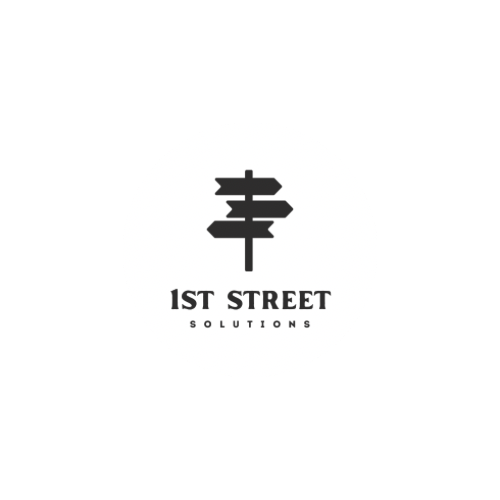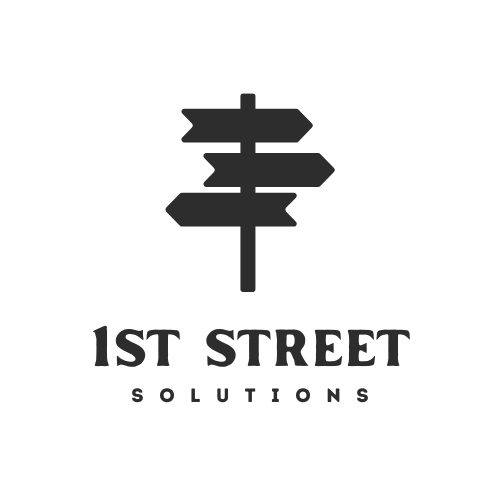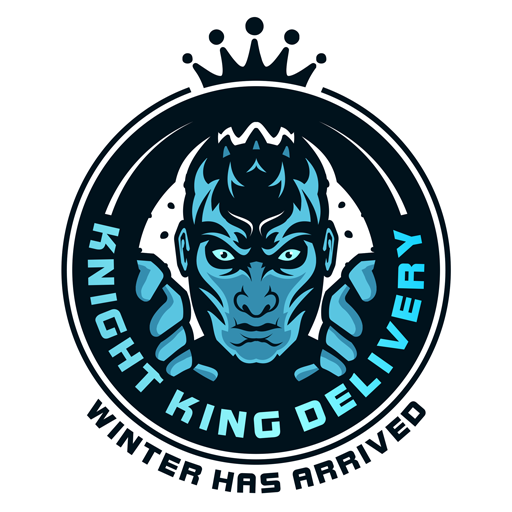Introduction: The Growing Demand for Wholesale Fashion
The fashion industry in the UK has evolved into a dynamic marketplace where trends shift quickly, and retailers must adapt to consumer expectations. For businesses in the fashion niche, wholesale women’s clothing offers an effective way to meet demand while maintaining healthy profit margins. By purchasing in bulk, retailers can access a wide variety of products at competitive prices, making it possible to satisfy shoppers who seek both affordability and style.
Wholesale clothing UK suppliers play a vital role in connecting small businesses, independent retailers, and online boutiques with the latest collections. This supply chain model not only allows business owners to stock diverse fashion pieces but also ensures that customers enjoy high-quality items without paying premium retail prices. Among the most sought-after categories today is wholesale women’s clothing, which dominates the market due to continuous demand for stylish everyday wear, seasonal collections, and trend-driven designs. Items like wholesale leggings have also become staples, offering flexibility and comfort that customers love.
Understanding the structure of wholesale purchasing can help newcomers and established retailers strengthen their business model and deliver consistent value to their shoppers.
The Concept of Wholesale Clothing and Its Importance
Wholesale clothing operates on a simple principle: retailers purchase products in large quantities from manufacturers or distributors at lower prices per unit. These savings enable retailers to set competitive retail prices while ensuring sustainable profit margins.
For small businesses and independent fashion entrepreneurs in the UK, this system has immense benefits. Wholesale purchases remove the burden of designing and manufacturing clothing from scratch, which can be time-consuming and costly. Instead, business owners can focus on marketing, customer experience, and branding while relying on trusted suppliers for inventory.
The popularity of wholesale women’s clothing demonstrates how this model empowers retailers. By accessing a wide variety of tops, dresses, outerwear, and casual essentials, businesses can target diverse consumer segments. Meanwhile, demand for wholesale leggings highlights how versatile products can fuel consistent sales, catering to customers who value both comfort and fashion.
In short, wholesale clothing is the backbone of many successful retail operations in the UK, allowing both online and physical stores to thrive in a competitive market.
Step One: Researching Wholesale Clothing UK Suppliers
The first step in sourcing wholesale fashion is thorough research. Retailers must identify reliable wholesale clothing UK suppliers who align with their business goals. A good supplier not only offers a wide selection of products but also ensures consistency in quality, fair pricing, and timely deliveries.
When researching suppliers, business owners should look for established companies with strong reputations. Online platforms, trade shows, and B2B marketplaces can all serve as valuable starting points. Reading reviews, requesting product samples, and comparing pricing structures are essential parts of this stage. Choosing suppliers that specialise in wholesale women’s clothing ensures access to on-trend pieces that appeal to a large customer base.
Step Two: Evaluating the Range of Wholesale Women’s Clothing
Once potential suppliers are identified, the next step is to evaluate the product range. A successful retailer must offer diversity to appeal to different preferences, age groups, and fashion sensibilities. This is where wholesale women’s clothing takes centre stage, as it covers everything from casual tops and workwear to dresses and outerwear.
Retailers must also consider seasonal needs. For example, knitwear and coats are in high demand during colder months, while light dresses and tops dominate spring and summer sales. Suppliers with a broad catalogue make it easier to adapt to changing market conditions. Including versatile items like wholesale leggings is crucial, as they have year-round appeal and attract repeat purchases from loyal customers.
Step Three: Negotiating Prices and Terms
Negotiation is an integral part of wholesale sourcing. Once retailers establish relationships with suppliers, they can negotiate on price per unit, minimum order quantities, and delivery terms. For small businesses in the UK, this stage can be particularly important, as reducing costs directly influences profitability.
Many suppliers of wholesale clothing UK also provide discounts for bulk purchases or long-term contracts, giving retailers an opportunity to strengthen their supply chain. Retailers must balance affordability with quality, ensuring that lower prices do not compromise the standard of their inventory.
Step Four: Managing Orders and Logistics
After negotiations are finalised, the next step is order management and logistics. Reliable suppliers of wholesale women’s clothing typically provide clear timelines for delivery and transparent shipping policies. Retailers must confirm lead times to ensure they can restock without delays, particularly during peak shopping seasons.
Efficient logistics also involve managing storage, tracking shipments, and planning inventory distribution. Smaller retailers with limited storage space must be strategic, ordering in quantities that balance stock availability with the risk of overstocking. Products like wholesale leggings are easier to manage due to their compact nature, but larger items such as coats or dresses require careful planning.
Step Five: Receiving and Marketing Inventory
Once inventory arrives, retailers can focus on marketing and selling their stock. Effective product presentation, both in-store and online, is essential to attract customers. High-quality images, engaging descriptions, and competitive pricing will make wholesale women’s clothing more appealing to shoppers.
Leggings, for example, can be marketed across multiple segments—fitness, loungewear, and casual fashion—making wholesale leggings one of the most versatile product categories. Combining these with promotional campaigns and seasonal discounts can increase visibility and generate consistent sales.
Tips for Beginners Entering the Wholesale Clothing Business
Starting a business in the fashion niche can feel overwhelming, but with the right approach, even beginners can succeed in the wholesale clothing sector. Here are some practical strategies:
First, focus on building strong relationships with suppliers. Reliable suppliers of wholesale clothing UK will be the foundation of your business, ensuring that you consistently meet customer expectations. New entrepreneurs should also begin with a smaller, manageable product range before expanding into larger collections. This allows them to test the market, understand consumer preferences, and adjust strategies accordingly.
Second, pay attention to consumer demand trends. Categories like wholesale women’s clothing will always have consistent demand, but identifying niche products such as wholesale leggings can help differentiate your business. Monitoring fashion trends, analysing customer feedback, and staying updated with seasonal demands will guide your product selection.
Finally, invest in marketing and branding. Even the best wholesale products will not sell without proper promotion. Small businesses should utilise social media, influencer collaborations, and e-commerce platforms to showcase their collections. By combining effective marketing with high-quality wholesale sourcing, beginners can establish themselves as trusted names in the competitive UK fashion market.
Conclusion
Wholesale clothing provides a powerful pathway for retailers and small businesses to grow within the UK fashion industry. By understanding the importance of wholesale clothing UK, evaluating reliable suppliers, and stocking high-demand categories such as wholesale women’s clothing and wholesale leggings, entrepreneurs can build businesses that resonate with modern shoppers.
For beginners, success lies in taking a structured approach: researching suppliers, negotiating effectively, managing logistics, and investing in marketing. With persistence and attention to quality, retailers can position themselves for long-term growth while meeting the ever-changing demands of the fashion market.







